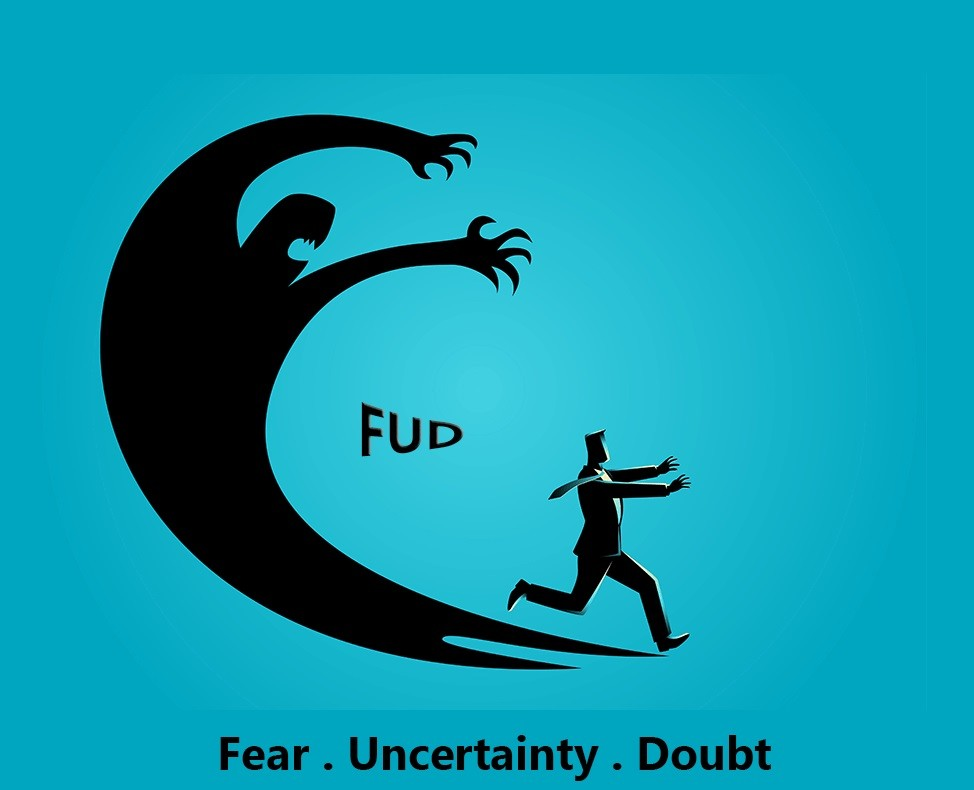A study finds toxic chemicals in powdered protein shakes (but you do not need to be alarmed)
Take a look at the ingredients in your protein shake. Do you have it in front? Well in addition to those listed there maybe you should add others such as lead, cadmium or bisphenol A (BPA), a chemical that is used to harden the plastic.
They are the results of a study prepared by the Clean Label Project, a non-profit organization that seeks to clarify the labeling of processed products so that users and consumers know exactly what they are consuming.
To carry out this report, they analyzed 134 products among the best sellers according to the Amazon ranking, and the results showed that it was common to find substances such as lead, arsenic, BPA or mercury, among others, substances related to cancer risk, problems in development and other health hazards.
In fact, according to its results, 70% of the analyzed products had detectable levels of lead, 78% had cadmium levels and 55% BPA.
Organic products, less clean
In addition, and contrary to what we might think intuitively, the so-called organic products showed to have more cadmium, lead and arsenic (although less BPA), and the products whose main source of protein was the egg proved to be cleaner than those in which the proteins were mainly from vegetable sources.
It is not the first study of this type published by this organization. A couple of years ago he gained a lot of fame because he carried out a similar analysis with infant feeding products, in which he also detected levels of lead and arsenic among other chemical substances.
[His previous report] had serious methodological flaws that made it a data set with no solid foundation on which to base
On that occasion, it was criticized by many scientists and experts who pointed out that despite the alarm created by its report, it had serious methodological flaws that turned it into a data set without a solid base on which to base itself. For example, critics argued that despite noting the presence of arsenic in baby foods, they did not say what the amount of arsenic was, so it was impossible to assess the safety of each product.
On this occasion, they do not indicate the amounts in their report, although it is possible to consult them in the raw data that makes available whoever wants to consult them. However, they do not indicate whether they are within the scope of the legislation or not.
Why you should not be alarmed by this information
On a regular basis news appear in the media such as these or similar ones in which they are alerted to supposedly harmful substances in food: chemical products such as arsenic, pesticides, traces of plastics ...
Although knowing what we eat and demanding more quality products from companies with better ingredients is our basic right as consumers and that is indisputable, in many cases this type of news is not as transparent as it promises to be.
Why you should not be alarmed by this information
On a regular basis news appear in the media such as these or similar ones in which they are alerted to supposedly harmful substances in food: chemical products such as arsenic, pesticides, traces of plastics ...
Although knowing what we eat and demanding more quality products from companies with better ingredients is our basic right as consumers and that is indisputable, in many cases this type of news is not as transparent as it promises to be.
Fear, uncertainty and doubts
fear-uncertanty-doubt
It is a disinformation strategy that receives the acronym FUD, for fear, uncertainty, doubt (fear, uncertainty and doubts), in which possible terrible consequences are insinuated without the need to specify them because only appealing to fear is enough. This is especially effective when we talk about products for children because, logically, everyone wants the best for their children.
But before you get scared there are several things you should know. The first and most important is that all products on the market are safe. That does not mean that they are always healthy (in Vitónica we do not tire of pointing out many products that are unhealthy, but not insecure), but they have passed the controls of the food authorities, in the case of Spain, of the EFSA, the European Food Safety Agency, and to do so they have had to prove that they are not toxic.
That means that the presence of any ingredient or chemical substance is below what is required by law so that a food or supplement can be marketed, and that limit is usually tremendously conservative in terms of its toxicity.
The poison is in the dose
Another thing that you should always remember is that the poison is in the dose. Different substances can be related to the development of tumors, but as important is the substance itself as the dose to which they produce these effects. Absolutely everything we eat can kill us if we drink too much, including water.
I mention this because many of the substances that are reported in this type of report are present in these products in minimal and harmless quantities. Arsenic, for example, can be potentially toxic, but WHO explains that it is a naturally occurring element in the earth's crust and dispersed equally in air, water and earth. The same happens with lead. That is why it is not uncommon for them to be present, in a minimal way, in some foods.

Do you know what food you can find traces of arsenic naturally? In the rice.
That nobody misunderstands me: nor am I saying that nothing happens to ingest lead or arsenic (effectively both substances can be toxic, that is, bad) nor do I believe that we have to accept the products that they sell us without demanding that they be better.
But I do believe that these types of reports create an unjustified alarm because they give information in a limited and decontextualized way, especially if the public is left alone with the owner and does not have the time, inclination or training to fully explore the data.

